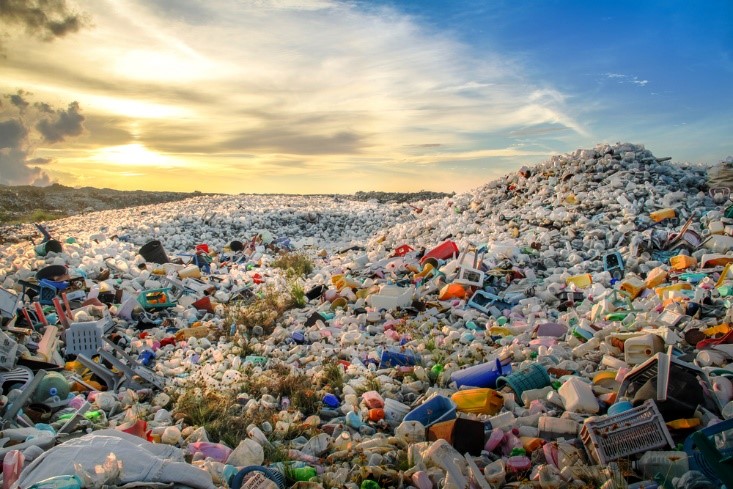
As an alternative to traditional plastics, biodegradable plastic is designed to minimize environmental impact. However, the general public may only have a vague understanding about biodegradable plastic, especially when terms like bioplastic, bio-based plastic and oxo-biodegradable plastic are mentioned. So, before diving into the potential benefits of biodegradable plastic, we will take a closer look at it and all the other alternative plastics that are available today.
What are biodegradable plastics?
To better identify biodegradable plastic, we need to understand the degradation mechanisms that distinguish different degradable plastics:
1.Photo- and oxo-degradation
This describes the plastic breaking down process into smaller fragments called microplastics under sunlight and oxygen. Plastics that are photo- or oxo-degradable are made of petroleum with additives like cobalt, iron or manganese. Though degradable, these plastics don’t break down at polymer level like biodegradable plastics do, and the microplastics released in the process are probably harmful to the environment. Therefore, this new invention doesn’t really fall in line with our topic.

2.Biodegradation
This is a biological decomposition process in the presence of moisture, air and microbes, resulting in carbon dioxide, water and biomass. Biodegradable plastics are not necessarily made with renewable resources as some of them are petroleum-based plastics, like PBAT and PCL. Some of them are compostable, which means they can be degraded under specific conditions, like industrial composting.
The most common types of biodegradable plastics are polylactic acid (PLA), starch blends and polybutylene-based polymers. According to Greenpeace, nearly 95% of biodegradable plastics production falls into these 3 groups. Polyhydroxyalkanoates (PHAs) are also noticeable but they are not widely used because of high production cost.
A note to bioplastics and bio-based plastics
These two terms are highly confusing to laypersons to the industry. To put it simply, bioplastics refer to a broader category of plastics which include both bio-based and biodegradable plastics. Bio-based plastics are sourced fully from non-fossil renewable materials, however, that doesn’t mean all of them are biodegradable. So, next time when you see a product labelled as bioplastic or bio-based plastic, don’t jump to the conclusion that it is biodegradable and friendly to the environment.

Potential environmental benefits of biodegradable plastic
Generally speaking, biodegradable plastics need around 3 to 6 months to fully decompose, which are much faster than conventional plastics which require hundreds of years to do so. This is the main reason behind the following environmental benefits of biodegradable plastics:
1.Reducing waste
According to the Environmental Protection Agency, there were 35.7 million tons of plastic generated in 2018 in the US, with only 8.7% of them were recycled. This means most of the plastics will finally end up in landfills, increasing the burden of our environment. Therefore, biodegradable plastics which take only several months to break down will surely help to reduce the amount of waste and subsequently the space required for disposal.
2.Conserving energy resource
Biodegradable plastics that are bio-based, like PLA, PHAs, bio-PBS and starch-blends are made from renewable plant materials, which means they can reduce the use of non-renewable petroleum. Moreover, as the decomposition process of biodegradable plastics releases carbon dioxide which can be used again by plants in photosynthesis, they are considered to be carbon-neutral and sustainable plastics.
3.Saving energy
The manufacture of biodegradable plastics requires lesser energy than their conventional counterparts. For example, the production of corn-based PLA uses 65 percent less energy than making plastic from fossil fuel. Also, an environmental research in 2017 concluded that if the US switches from conventional plastic to PLA, the greenhouse gas emissions will likely to be reduced by 25%.

